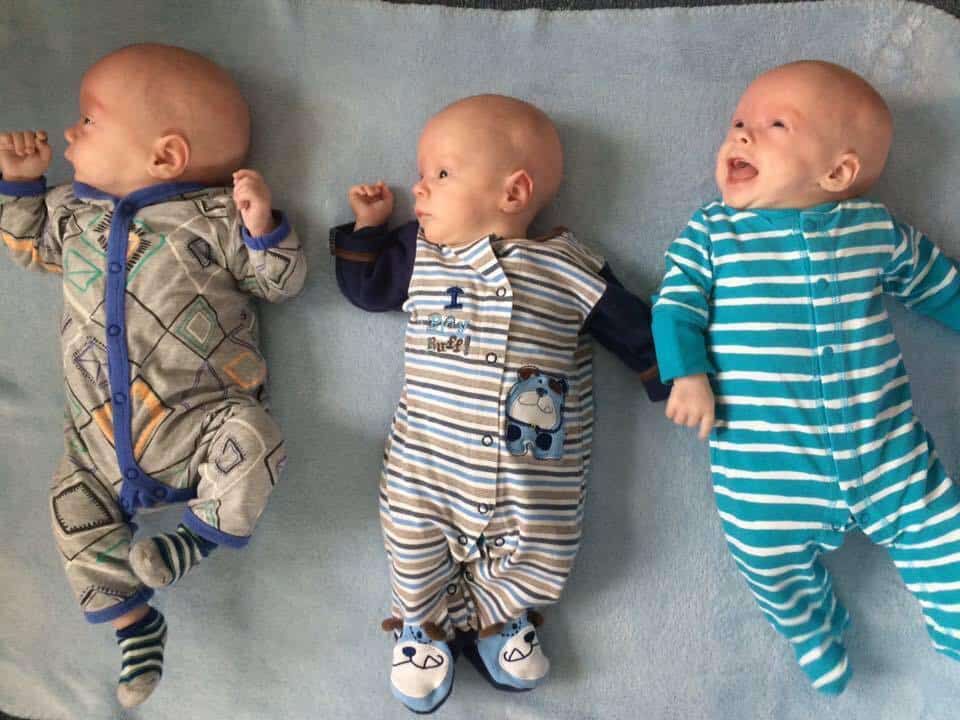
STATISTICS have today been released on the number of multiple births in England and Wales – showing a dramatic decrease in twin and triplet stillbirths.
The figures1, released by the Office of National Statistics (ONS), show that in 2016 the overall number of multiple births and multiple stillbirths have decreased in England and Wales.
In 2015, multiples represented about 3% of births but 7.2% of stillbirths. In 2016, multiples still represent about 3% of births, but only 5.9% of stillbirths. There were 226 stillbirth twins, triplets and more in 2015, but this fell to 185 in 2016.
Tamba (Twins and Multiple Births Association) Support Services Manager Helen Turier said: “The decrease in stillbirth rates for multiples is very promising news.
“Tamba is part of 18 projects2 committed to reducing stillbirth, neonatal death and improving birth outcomes for multiples. These latest figures are a great indicator that this much-needed change is perhaps beginning to show results.
“We hope this means that the Government target to reduce stillbirths by 50% in 2030 is on course.
“Although the overall number of multiple birth babies has decreased from 2015 to 2016, historically they are still comparatively high.”
There were 696,271 babies born in England and Wales in 2016, compared to 697,852 in 2015. Of these, there were 10,951 women who gave birth to multiples in 2016 compared to 11,073 in 2015.
Of these, 10,786 women had twins and 160 had triplets. There were also five sets of quads and above born.
The ONS revealed 15.9 in every 1,000 women giving birth had multiples in 2016. This has fallen from the 2015 figures of 16.1 in 1,000.
The ONS website said “Since 1993, women aged 45 and over have consistently recorded the highest multiple maternity rate; this is due to higher levels of assisted fertility treatments at these ages, including medicines which stimulate ovulation and assisted conception which includes In Vitro Fertilisation (IVF).
“When comparing 2016 with 2015, the overall decrease in the multiple maternity rate has been driven by the fall in the rate for women aged 30 and over; the rate increased slightly for women aged under 25, but remained unchanged for those aged 25 to 29.”
https://www.thelondoneconomic.com/lifestyle/health/teacher-saves-life-girl-urging-eye-test-reveals-massive-tumour/13/10/
https://www.thelondoneconomic.com/lifestyle/health/secondary-breast-cancer-awareness-day-case-change-incurable-breast-cancer/13/10/